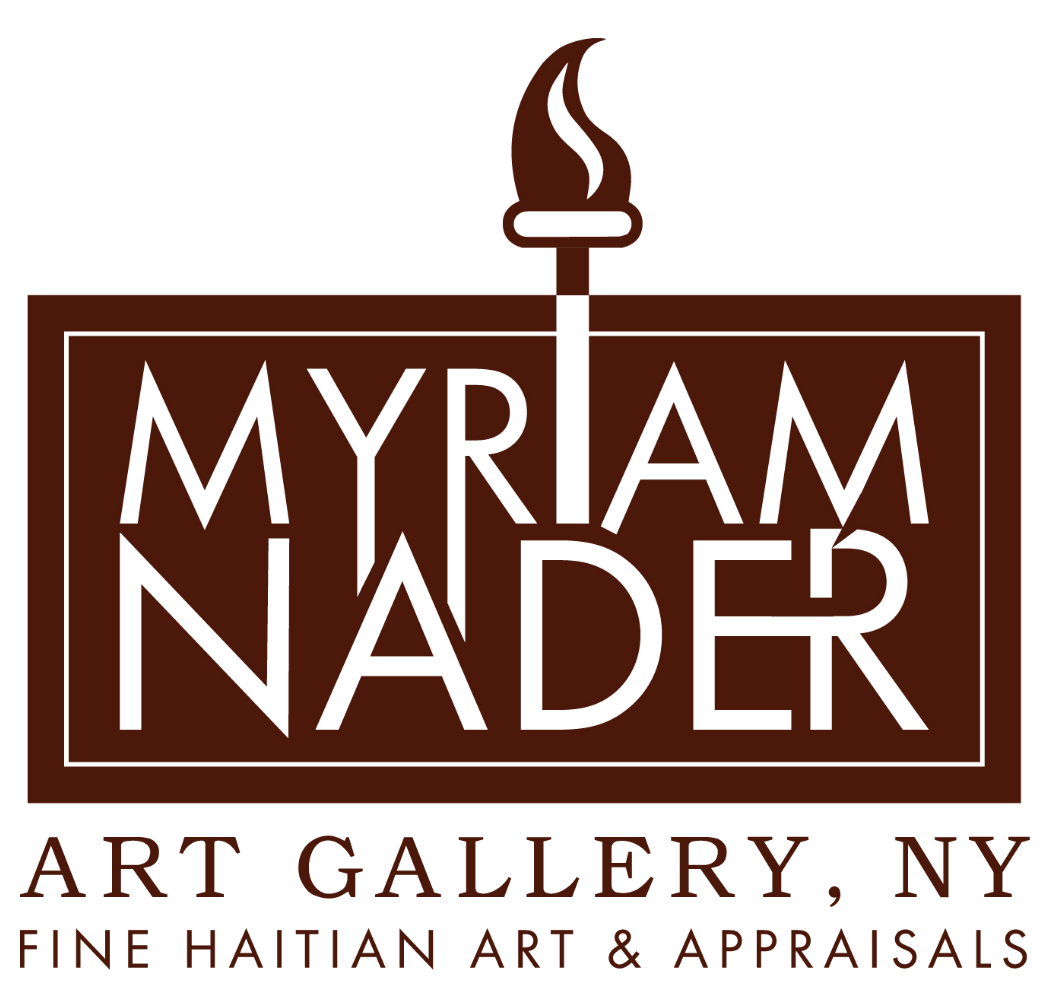Haitian art has evolved significantly from its primitive beginnings. Over time, various types of Haitian artists have emerged, mainly categorized as modern art and naïve art. Naive artists, often called primitives, usually lack formal art training. While contemporary artists may see naive artists, or ‘naif,’ as a negative influence on Haitian art’s development, naive art represents a break from traditional academic techniques. This style often emphasizes a sense of innocence in its artistic approach.
In 1978, the Brooklyn Museum displayed over a hundred pieces of Haitian art. Critics noted that the exhibit mainly featured works by untrained artists, showing simple village and market scenes in lively colors. This event marked the beginning of a distinction between experimental modern art and primitive or naive art, a gap that still holds importance today.
In early times, artists lacked access to advanced tools and relied on natural materials for their artwork. They used items like chicken feathers and leaves as brushes and applied soil and plant extracts for color. Artists painted on various surfaces, including doors, windows, and fabrics. When Europeans and Americans arrived in Haiti, schools were established to provide formal art education. However, social barriers and financial instability kept many potential students from attending these schools.
While some individuals had the opportunity to pursue formal art education, many opted to learn from their elders and ancestors instead. Even today, numerous artists prefer self-guided learning over formal schooling. As a result, artists from the early Haitian era are often labeled as “primitive” artists. Meanwhile, those who chose self-education, even when formal education was available, are categorized as naive artists.
Although these periods are different, the ways of learning and practicing in both primitive and naive art share similarities. Primitive or naive art can be seen as a vintage style of Haitian art, characterized by bold shapes and bright colors that portray everyday life. Created by self-taught artists, these works show a childlike innocence rather than traditional academic professionalism.
It’s important to distinguish Haitian naïve art from folk art. While Haitian art includes fine paintings and sculptures with unique styles and self-taught techniques, folk art usually emphasizes practical uses along with artistic expression.
Haitian primitive or naive art is known for several distinctive traits.
- Simplified Forms: Naive artists usually avoid complex structures and prefer simple shapes that are easy to recognize.
- Vivid Colors: Haitian art is famous for its bright color palette. Naive artists often use contrasting shades to produce visually striking effects.
- Childlike Innocence: The absence of formal training is clear in naive art, where figures and objects often seem out of proportion, similar to a child’s drawing.
- Cultural Themes: Common themes in naive art depict cultural elements and daily life, including scenes like landscapes, markets, rural activities, and events such as weddings or Vodou ceremonies.
- Impact of Vodou: The influence of Vodou is clearly evident in primitive or naive art, with many Haitian paintings showcasing religious activities and symbols tied to the tradition. This connection highlights the importance of Vodou in Haitian art.
Several Haitian masters are renowned for their contributions to this style. The name most often linked to Haitian primitive art is Hector Hyppolite, considered its master.
Another notable artist is Wilson Bigaud, known for his vibrant oil paintings that portray Haitian life, especially colorful market scenes and Vodou imagery. André Pierre is also celebrated for his use of simplified forms and bold colors. Just to name a few of these artists.
If you appreciate Haitian primitive or naive art and want to add a piece to your home or office, consider visiting a reputable Haitian art gallery, such as Myriam Nader's Art Gallery.
